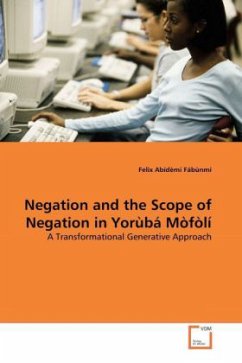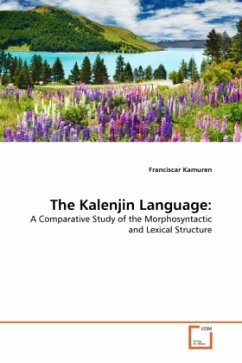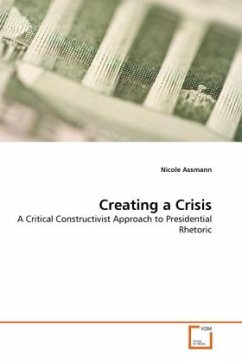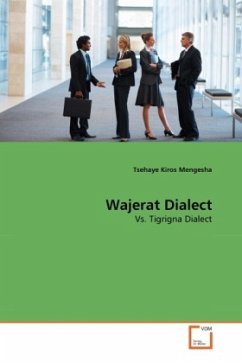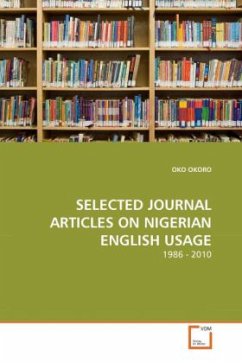
Negation in Wolayta
Sentential, constituent, and interaction of negation with tenses and aspects
Versandkostenfrei!
Versandfertig in 6-10 Tagen
39,99 €
inkl. MwSt.

PAYBACK Punkte
20 °P sammeln!
Over the last few years, studies on languages have increased. Universities and colleges are launching study centers.So this work puts its part in.This study explores negation in the Wolayta language. Wolayta is one of the main languages of the Ometo group of the Omotic family, which belongs to the Afroasiatic language phylum. It is spoken in the Southwest part of Ethiopia by about two million people. The study presents an in-depth description of negation and the typology of negation strategies. The negative marking morpheme is identified and its interaction with other markers such as an aspect...
Over the last few years, studies on languages have increased. Universities and colleges are launching study centers.So this work puts its part in.This study explores negation in the Wolayta language. Wolayta is one of the main languages of the Ometo group of the Omotic family, which belongs to the Afroasiatic language phylum. It is spoken in the Southwest part of Ethiopia by about two million people. The study presents an in-depth description of negation and the typology of negation strategies. The negative marking morpheme is identified and its interaction with other markers such as an aspect, an agreement, a tense, and a mood is discussed. The study also displays the negation morphemes and the ways in which sentences, constituents of sentences, and clauses are negated. Negative indefinities are also treated. Negative marking elements and a root that carries the element in an exclamation, an ellipsis, and a contrasting clause are also discussed. Negative interjection, emphasizing negation, and double negation are explained. The study has also a part in which it discusses the negation in subordinate clause. Furthermore, it deals with negation in relation to mood and modality.




